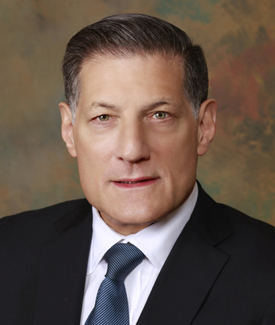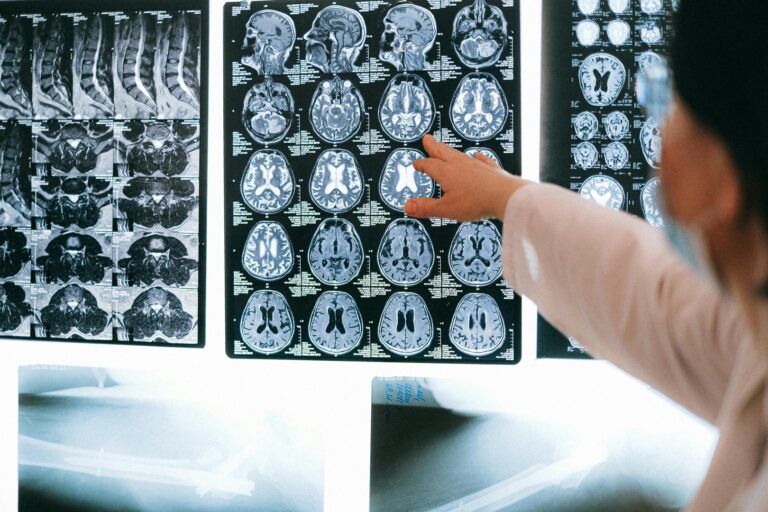On January 25th, 2024, Dr. Rajkamal Khangura discussed his experience in diagnosing and treating IIH patients. Dr. Khangura is a Neurointerventionalist and works with a multidisciplinary practice at Sutter health in Sacramento, California. He has over 12 years of experience in treating complex neurovascular pathologies and is a specialist in treating those with IIH.
In case you missed this webinar, or if you would like to watch the technical portion of his talk, including the type of wire, stent, catheter used, and some advanced imaging techniques, click here.
Here are some key points of his lecture:
- Diagnosing patients with IIH requires a multidisciplinary approach, including: a neurologistMedical doctor who diagnoses and treats nonsurgical issues related to the brain and nervous system. Click the term to read more, ophthalmologistA specialist in the branch of medicine concerned with the study and treatment of disorders and diseases of the eye. Click the term to read more, primary care, radiologist, ENT, and neurointerventionalist.
- In his practice, they perform venous manometryA minimally invasive involving the introduction of instruments or other objects into the body diagnostic procedure performed by a neurosurgeon or interventional neuroradiologist where a catheter… Click the term to read more early in the work up process. This has helped determine or confirm findings earlier than later combined with imaging studies and a full history and physical.
- At times, imaging should be re-reviewed as findings like dural venous sinus stenosis, thrombosis and other rare findings can be missed on initial report.
- In his experience, venous stenosis is central to the pathophysiology in a large percentage of patients with IIH. There is usually two phenotypes, long and short segment stenosis.
- If a patient in his practice qualifies for a stent placement, the post procedure plan includes dual anti platelet therapy for 6 months, a CT venogram (CTV) at 6 months. If the CTV is normal, one can stop the P2Y12 medication and continue aspirin for 6 months then stop.
- The complications his team has encountered after a stent placement has been 1% restenosis, .05% retroperitoneal hemorrhage, and 5% post procedural headache.
- In regards to post stent headache, he has found that patients are better treated with a neuropathic pain reliever such as amitriptyline or trazodone.
We look forward to hearing more from Dr. Khangura including any future research updates.
Our next webinar will be on February 22nd at 4 pm EST with Dr. Omar Choudhri. He is a NeurosurgeonMedical doctor who diagnoses and treats surgical issues related to the brain, spine, and nervous system. Click the term to read more at Penn Medicine and will be reviewing imaging findings in those with IIH. If you would like to register for this free event, click here.



